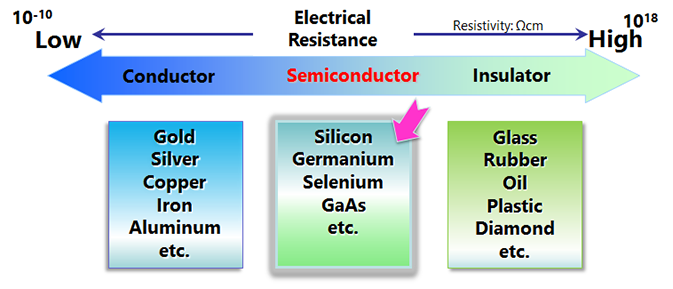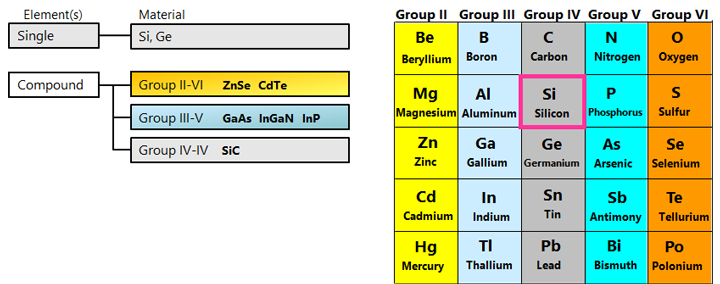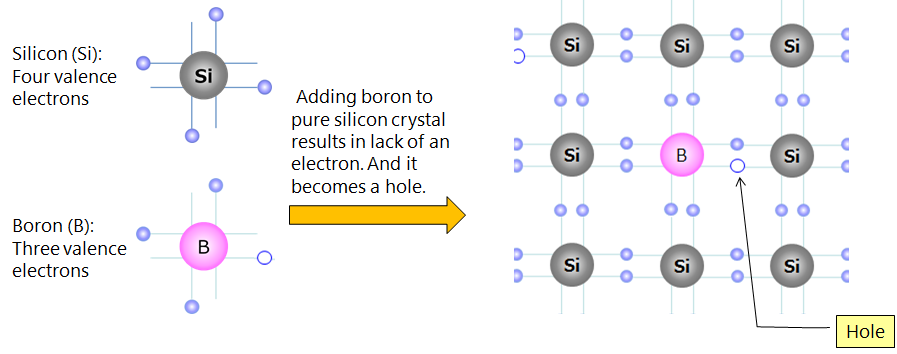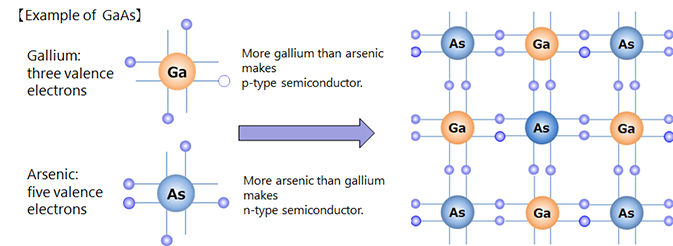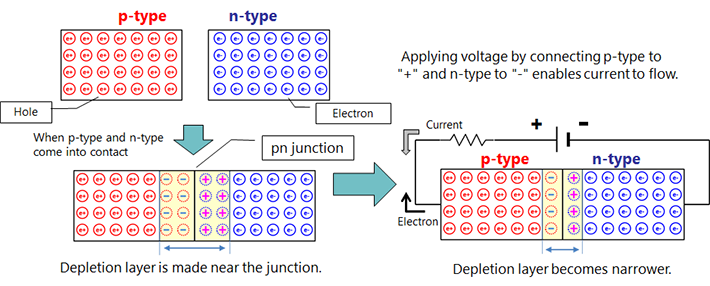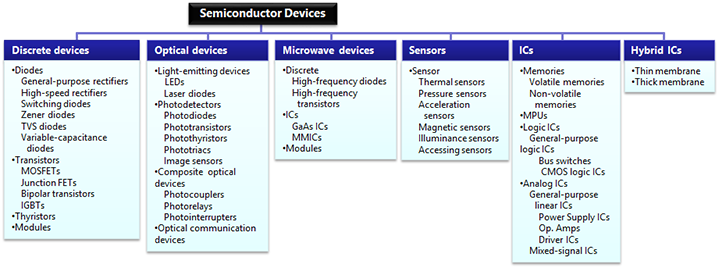- 型号 & 关键词搜索
- 交叉搜索
- 参数搜索
- 库存查询与购买
This webpage doesn't work with Internet Explorer. Please use the latest version of Google Chrome, Microsoft Edge, Mozilla Firefox or Safari.
请输入3个以上字符 Search for multiple part numbers fromhere.
The information presented in this cross reference is based on TOSHIBA's selection criteria and should be treated as a suggestion only. Please carefully review the latest versions of all relevant information on the TOSHIBA products, including without limitation data sheets and validate all operating parameters of the TOSHIBA products to ensure that the suggested TOSHIBA products are truly compatible with your design and application.Please note that this cross reference is based on TOSHIBA's estimate of compatibility with other manufacturers' products, based on other manufacturers' published data, at the time the data was collected.TOSHIBA is not responsible for any incorrect or incomplete information. Information is subject to change at any time without notice.
请输入3个以上字符
n型半导体
下载“第Ⅰ章:半导体基础” (PDF:894KB)
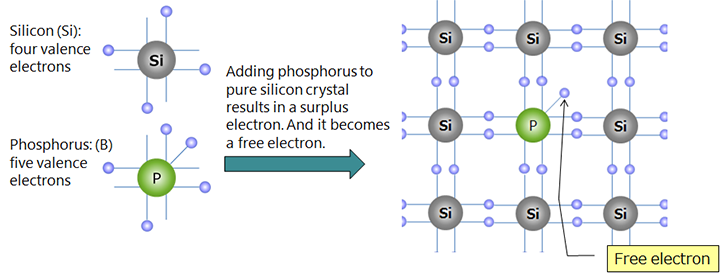
An n-type semiconductor is a group IV intrinsic semiconductor such as silicon (Si) doped with group V elements such as phosphorus (P), arsenic (As), or antimony (Sb) as an impurity.
Group IV elements are tetravalent elements with four valence electrons, while group V elements are pentavalent elements with five valence electrons. A single crystal made only of tetravalent elements such as Si is bound to other elements by covalent bonds, and has no excess electrons or holes. This state without impurities is an intrinsic semiconductor. When a small amount of phosphorus is added to this single crystal (diffusion/doping), one of the valence electrons of the phosphorus becomes an excess electron that can move freely (free electron). When a voltage is applied, this free electron is attracted to the positive electrode and moves, causing a current to flow. For this reason, the resistivity of n-type semiconductors (and p-type semiconductors described below) decreases as the impurity concentration increases.
Si and impurities such as P that make up n-type semiconductors are electrically neutral as single atoms. Therefore, n-type semiconductors are also electrically neutral. However, in n-type semiconductors, the particles (carriers) that carry the charge are free electrons. These carriers have a negative charge, which is why they are called n-type.
* 这个自由电子就是n型半导体的载流子。


